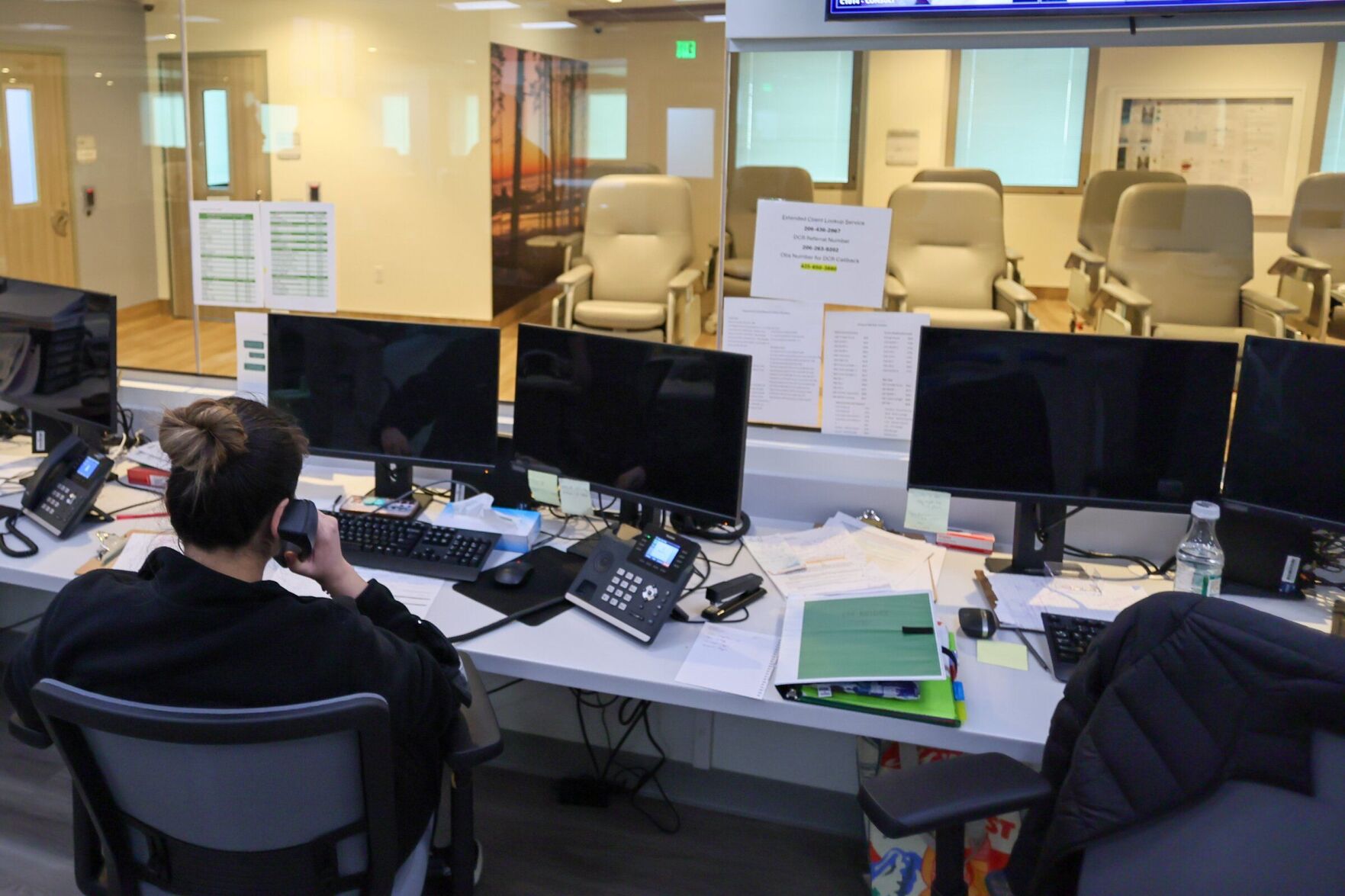The COVID-19 pandemic has undeniably accelerated the shift towards remote work, fundamentally altering the landscape of the commercial property market. As companies embrace flexible working arrangements, the traditional demand for office spaces is undergoing a significant transformation. This article explores how the rise of remote work is impacting commercial real estate, highlighting key trends, market responses, and future possibilities.
How the Rise of Remote Work is Transforming the Commercial Property Market

The Shift to Remote Work
The pandemic forced businesses worldwide to adapt rapidly to remote operations. Many companies discovered that remote work is not only feasible but also cost-effective. With employees valuing flexibility and work-life balance more than ever, organizations are re-evaluating their need for traditional office spaces.
Impact on Office Space Demand
As a result of this shift, there has been a noticeable decline in demand for traditional office spaces. Companies are downsizing their physical footprints, leading to increased office vacancy rates, particularly in urban centers. Before the pandemic, annual office lease signings averaged around 250 million square feet, but this dropped to 100 million in the first half of 2022.
Urban vs. Suburban Markets
The impact isn’t uniform across all markets. Urban centers are experiencing higher vacancy rates, while suburban areas are seeing increased demand for workspaces closer to home. During the pandemic, there was a noticeable migration from cities to suburbs, leading to a rise in suburban property values and rents.
Adapting Through Flexible Workspaces
In response to these changes, the commercial real estate industry is embracing flexible work arrangements. There’s a growing demand for flexible office spaces, coworking hubs, and short-term leases that allow companies to adjust their space needs dynamically. These solutions offer cost-effectiveness and adaptability, catering to the evolving needs of businesses and employees.
Technological Integration and Smart Offices
To remain competitive, property owners are investing in technologies to enhance office spaces. This includes the implementation of smart building technologies, such as touchless systems, enhanced video conferencing capabilities, and IoT-enabled monitoring of building systems. Such innovations aim to make office environments safer, more efficient, and attractive to tenants.
Repurposing and Adaptive Reuse
With the decrease in traditional office demand, some developers are repurposing underutilized office spaces into mixed-use properties. This approach maximizes the utility of these assets by integrating residential, commercial, and recreational elements. Adaptive reuse not only addresses the oversupply of office spaces but also contributes to urban revitalization and meets community needs.
Impact on Retail and Hospitality Sectors
The shift to remote work has also affected the retail and hospitality sectors. Urban business districts are experiencing reduced foot traffic, impacting businesses that rely on office worker patronage. Conversely, suburban areas are witnessing growth as remote workers spend more time and money locally.
Industrial and Logistics Real Estate Boom
On the other hand, the industrial and logistics real estate sector is thriving. The rise of e-commerce and the need for efficient supply chains have increased the demand for warehousing and distribution centers. This sector benefits from changing consumer behaviors and the emphasis on quick delivery services.
Regional Variances in Impact
The influence of remote work on commercial real estate varies globally based on cultural, economic, and infrastructural factors. Regions with advanced digital infrastructure and a focus on work-life balance have embraced remote work more fully. Meanwhile, areas with traditional office-centric cultures are progressing more cautiously.
Future Outlook and Opportunities
Looking ahead, the commercial real estate industry is not becoming obsolete but is transforming to meet new demands. Hybrid work models are gaining traction, shifting the focus to collaborative and flexible workspaces. Property owners who prioritize technological integration and adapt to changing tenant needs will be better positioned to succeed.
Conclusion
The rise of remote work has undoubtedly reshaped the commercial property market. While it presents challenges, it also offers opportunities for innovation and growth. By embracing flexibility, investing in technology, and reimagining the use of spaces, the industry can adapt to the new normal and continue to thrive in a rapidly changing environment.











